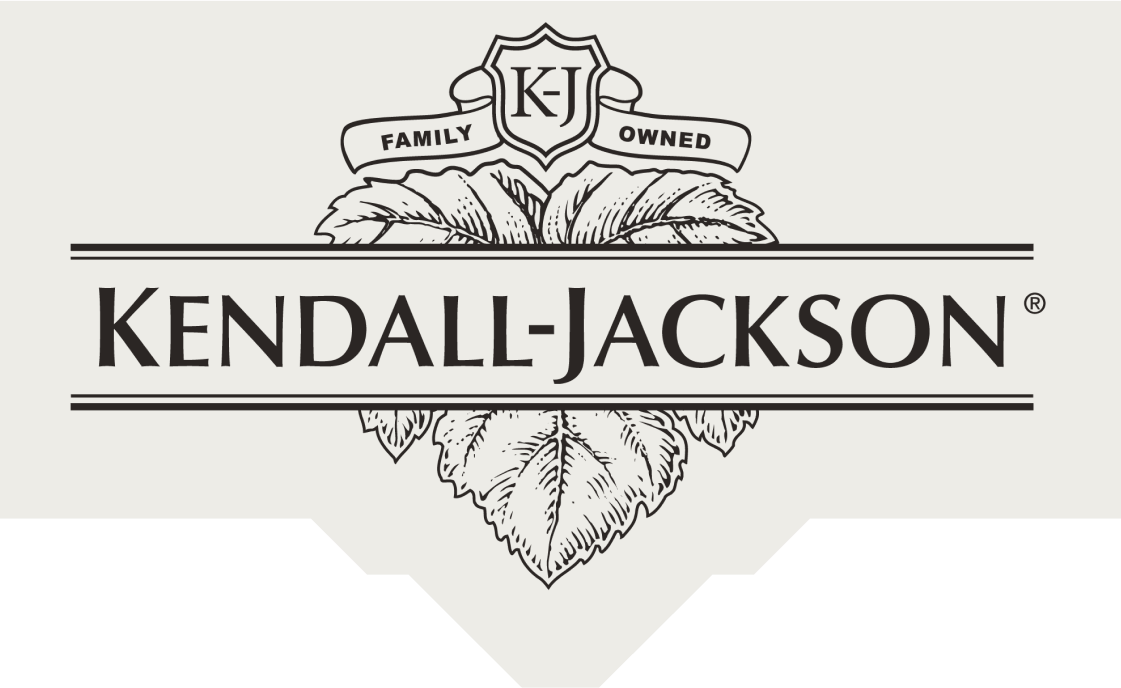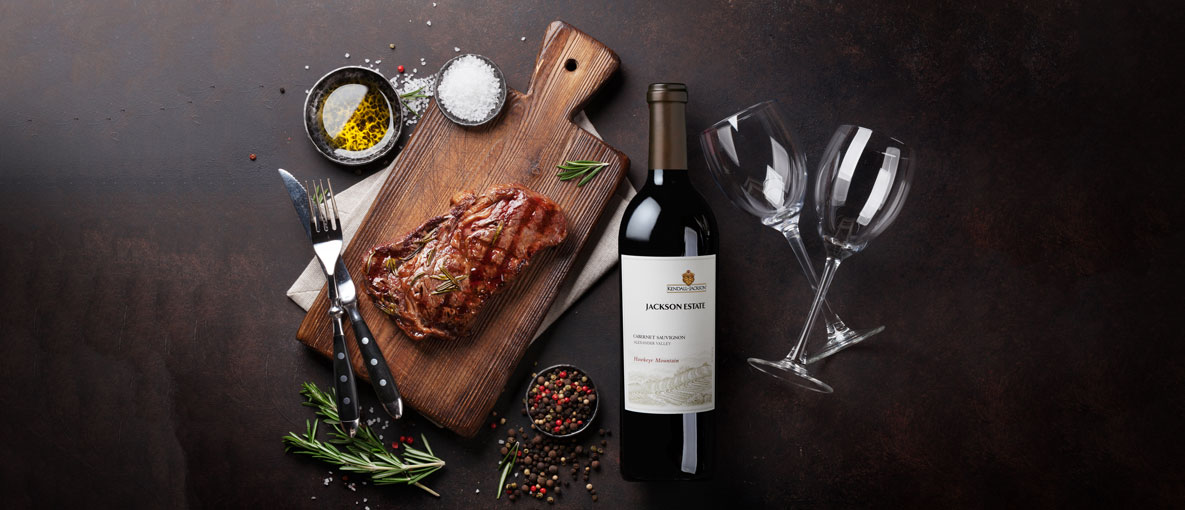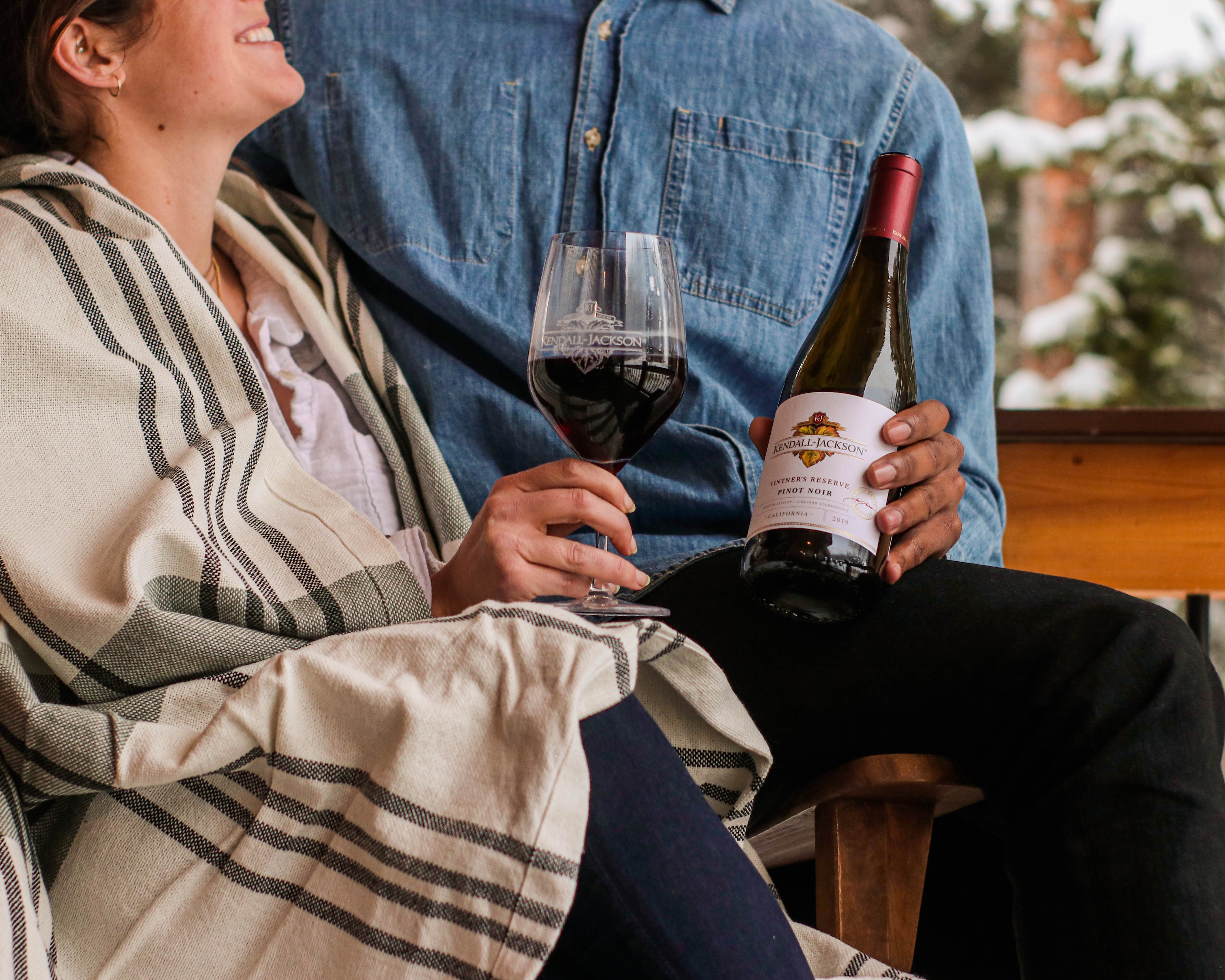In The Vineyard: Why We Prune Vines
We’re back from the holidays and New Year’s break. The weather is terrific with cold mornings and sunny days. This is the time where the vineyard managers are naturally drawn to the winter activity of pruning.
As a winegrape grower, the Jackson family has over 10,000 acres of grapes to prune, which is no small task. And this is the time to get into the vineyards, before it is too muddy and now that the vines are dormant.
There are several considerations when we prune:
Each is intertwined and includes vine health, harvest considerations, and budbreak relative to spring frost. One thing that is different about grapes compared to most other fruit is that (and this is really going to bend your noodle) the grape clusters for this year’s fruit were formed in the canes in late spring last year.
When we prune, we have to keep in mind not just this year, but what was going on last year and what we want to see the following year.
Pruning is very deep.
In order to determine the health of a vine, we look at the dormant vine. If it shows healthy growth and sturdy canes then we consider that the vine to be in good shape. If it is weak and stunted, we need to prune more aggressively to remove wood and allow the vine to concentrate energy on a more limited scale this year.
Based on the demonstrated health of the vine, we prune to achieve a desired ratio of fruit yield for the expected leaf area. Adjustments to the total yield are best made at pruning time. The grower can extrapolate yield based on the expected weight of a normal cluster, two clusters deriving from each shoot, the number of buds the grower selects to create those shoots on each vine, and the number of vines per acre.
When it comes to the vines balance is key.
A weak vine will be pruned differently than a healthy vine. Not one size fits all.
So this ties right in with harvest considerations. Besides the expected yield at harvest, another concern is harvest timing. There is a real time continuum here. Pruning influences the emergence of new growth, or budbreak. The timing of budbreak influences flowering and set, which influences timing of coloring (or veraison), which is connected to the timing of ripeness and harvest. Know that there are many other things influencing this timeline, including grape variety, clone, rootstock and not least of all, the weather.
But, if we prune 400 acres of Cabernet in the same geographic area all in one week, we could expect much of it to be ready to pick at the same time. In cases like these, we often try to spread pruning out over the month to help elongate the harvest time ever so slightly. This helps with fermentor space management in the winery.
Lastly, pruning is important relative to spring frost.
As I mentioned, the act of pruning influences the timing of budbreak. In places prone to spring frost, one strategy we employ is to postpone pruning until relatively late in the year. This allows us to suppress budbreak by a few weeks and can sometimes get us out of the frost threat and make sure we have little or no crop damage.
Next week we’ll go more in depth, and I hope we’ll get pictures and video of some live pruning action. See you in the vineyard!



